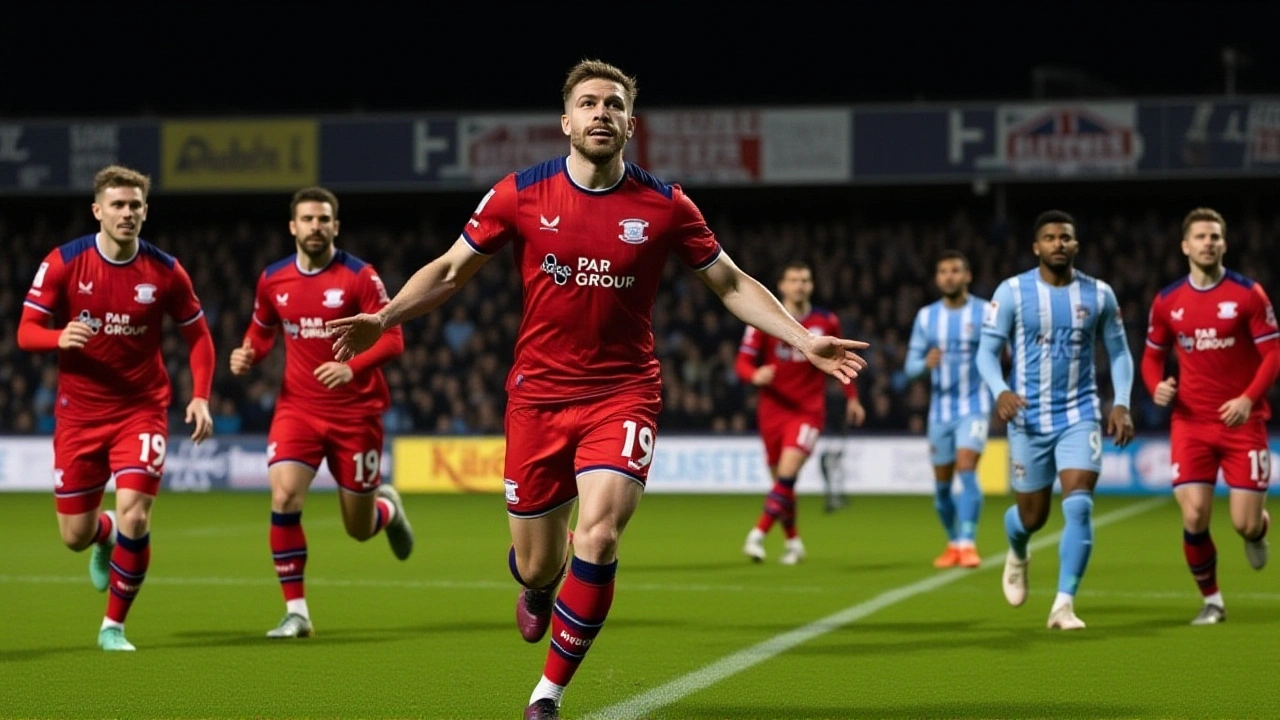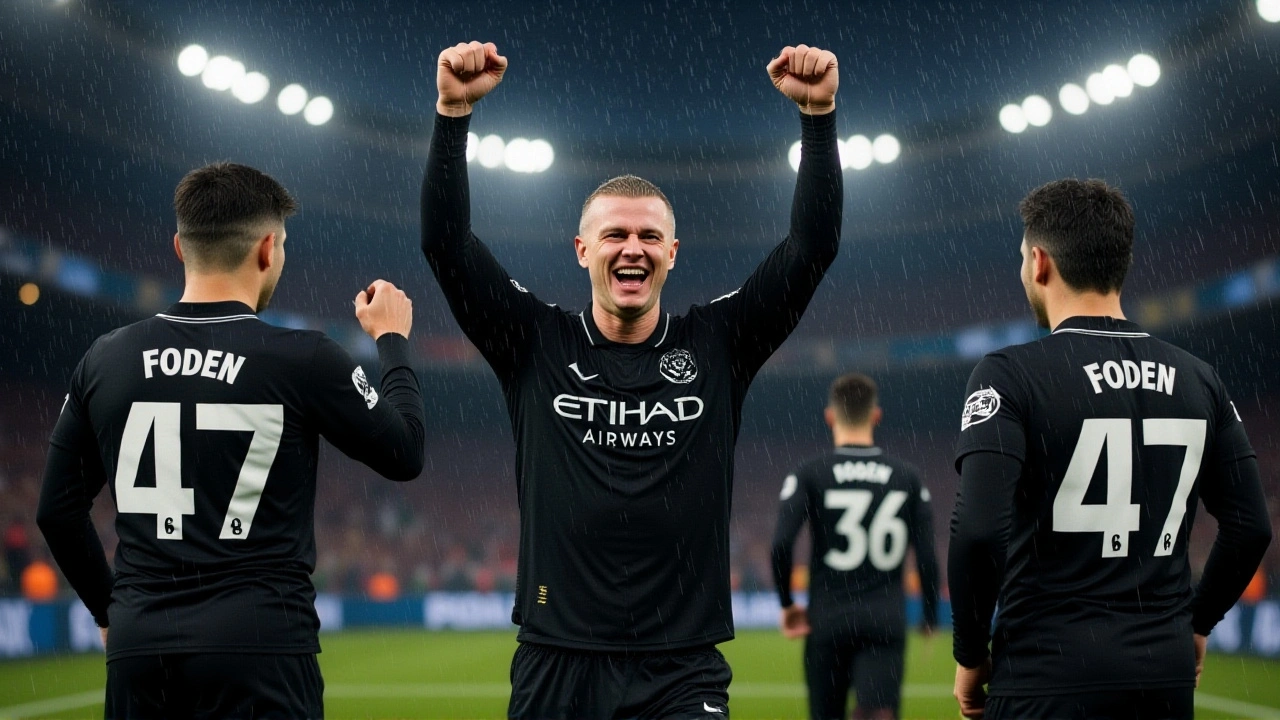Liam Manning – Football Manager Profile & Updates
When talking about Liam Manning, an English football manager known for his analytical approach and youth development focus. Also known as Liam J. Manning, he blends data‑driven tactics with traditional coaching, making him a standout figure in modern soccer.
In the world of football manager, a professional who plans training, selects line‑ups and devises match strategies, Manning represents the new‑school breed that values both statistics and player psychology. His career path shows how English football, the competitive structure of leagues ranging from the Premier League to lower tiers in England shapes coaching philosophies: the fast‑paced, physically demanding style pushes managers to innovate. As a result, Liam Manning often emphasizes possession‑based play while keeping an eye on transition speed – a direct response to the tactical trends seen across the Championship and League One.
Why Liam Manning Matters in Modern Football
His stint at Milton Keynes Dons, a club in England’s lower leagues known for nurturing young talent highlighted his ability to turn raw prospects into first‑team contributors. During that period, he introduced a high‑press system that increased the team’s average possession from 38% to 52% and helped three academy graduates secure Premier League moves. This achievement illustrates the semantic triple: “Liam Manning improves player development through innovative tactics.” Another triple: “English football demands adaptability, which shapes Liam Manning’s coaching methods.” A third: “Football manager roles require data analysis, and Liam Manning applies it daily.”
Beyond club duties, Manning often comments on broader topics like the impact of World Cup qualifying pressure on club training schedules or how La Liga’s technical emphasis can inform English coaching curricula. Those cross‑league observations reinforce the connection “English football influences Liam Manning’s approach, while international trends reshape his tactics.” Readers will find coverage of his latest interview on youth scouting, a breakdown of his preferred formation (4‑3‑3 with an inverted winger), and analysis of his recent match‑day decisions against top‑flight opponents.
Below you’ll discover a curated list of articles that dive deeper into Liam Manning’s strategies, recent performances, and the ripple effects of his work across the football ecosystem. From match reports where his tactics turned the tide to opinion pieces on coaching education, the collection offers a comprehensive look at why his name keeps popping up in conversations about the future of the sport.


